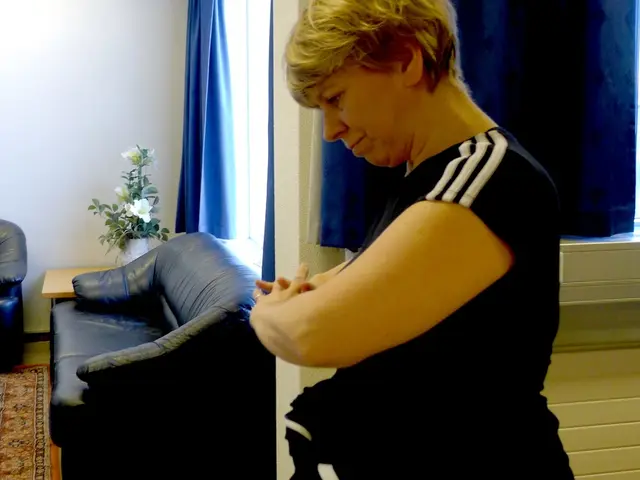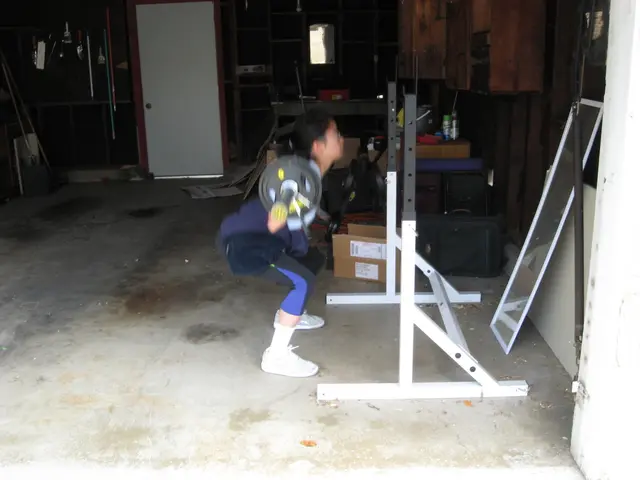Guiding the Cultivation of Critical Thinking within the Nursing Profession
Empowering Nurses with Critical Thinking: Tanner's Model and Bloom's Taxonomy
In the world of nursing, making informed decisions can be a matter of life and death. To equip nurses with the skills they need to make these critical choices, educators are turning to frameworks like Tanner's Clinical Judgment Model and Bloom's Taxonomy.
Tanner's Clinical Judgment Model is a practical tool that guides nurses through four key phases: noticing, interpreting, responding, and reflecting. By focusing on clinical decision making, this model encourages nurses to synthesise information, evaluate situations critically, and make informed, patient-centered decisions, even in complex care environments or under pressure.
Meanwhile, Bloom's Taxonomy offers a hierarchical framework for cognitive skills development. This framework moves nurses from lower-order thinking skills like remembering and understanding, to higher-order skills like analysing, evaluating, and creating. By consciously progressing toward advanced critical thinking, nurses can structure their learning objectives and clinical experiences to encourage deeper analysis and evaluation of patient information, thereby fostering the mental skills needed for expert nursing judgment.
By combining these two frameworks, nurses can practice applying critical thinking in clinical decision-making steps, and structure their cognitive development to move beyond basic knowledge towards sophisticated analysis and synthesis required for expert nursing judgment.
However, developing critical thinking skills in nursing is not without its challenges. Time constraints, over-reliance on protocols, and limited resources can all pose barriers. Yet, overcoming these obstacles requires creativity, mentorship, and a commitment to lifelong learning.
Strategies like reflective thinking, simulation training, evidence-based practice, and Socratic questioning can help nurses improve their critical thinking skills. Reflective thinking involves examining one's actions and identifying areas for improvement, helping one learn from experience and refine one's approach. Simulation training, for instance, has been shown to increase nursing students' critical thinking scores by 15%.
Evidence-Based Practice encourages nurses to use the latest research to guide clinical decisions and question traditional methods. Socratic questioning, on the other hand, helps nurses investigate situations more deeply by asking "why" questions.
Examples of critical thinking in nursing include recognising early signs of sepsis, quick blood sugar tests to address hypoglycemia, and implementing fall prevention protocols. These examples demonstrate the impact critical thinking can have on patient outcomes, enabling nurses to spot early warning signs, implement timely interventions, and avoid preventable complications.
In conclusion, frameworks like Tanner's Model and Bloom's Taxonomy are practical tools that empower nurses to handle real-world challenges with clarity and precision. Developing critical thinking in nursing is a continuous journey that requires dedication, curiosity, and practice. Every decision a nurse makes can change lives, so it's important to think critically, act confidently, and strive for excellence.
- In complex care environments or under pressure, noticing early signs of medical-conditions like sepsis through critically evaluating patient information is crucial for informed, patient-centered decisions.
- The result of deliberately progressing towards higher-order thinking skills, as proposed by Bloom's Taxonomy, is the ability to analyze, evaluate, and create effective health-and-wellness strategies for patients.
- To overcome time constraints and limited resources in nursing, it's essential to engage in evidence-based practice, which encourages the use of the latest research to guide clinical decisions and question traditional methods.
- By consciously applying critical thinking skills, such as reflective thinking and Socratic questioning, nurses can structure their learning objectives and clinical experiences, leading to improved health outcomes for their patients.
- Lifelong learning opportunities, like studying the science behind medical-conditions and examining best practices in health-and-wellness, are vital to maintaining expertise and staying up-to-date in the ever-evolving world of nursing.




